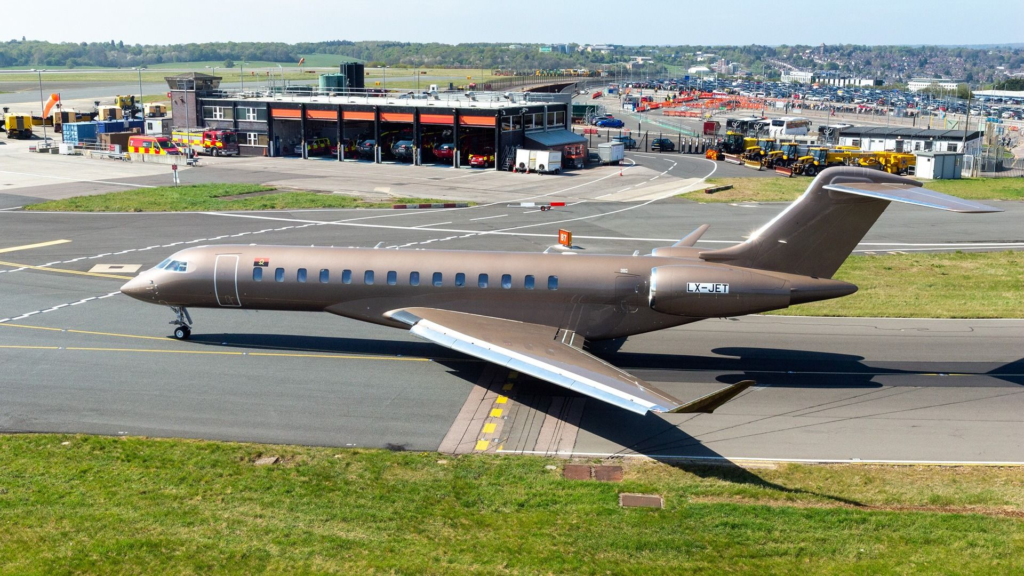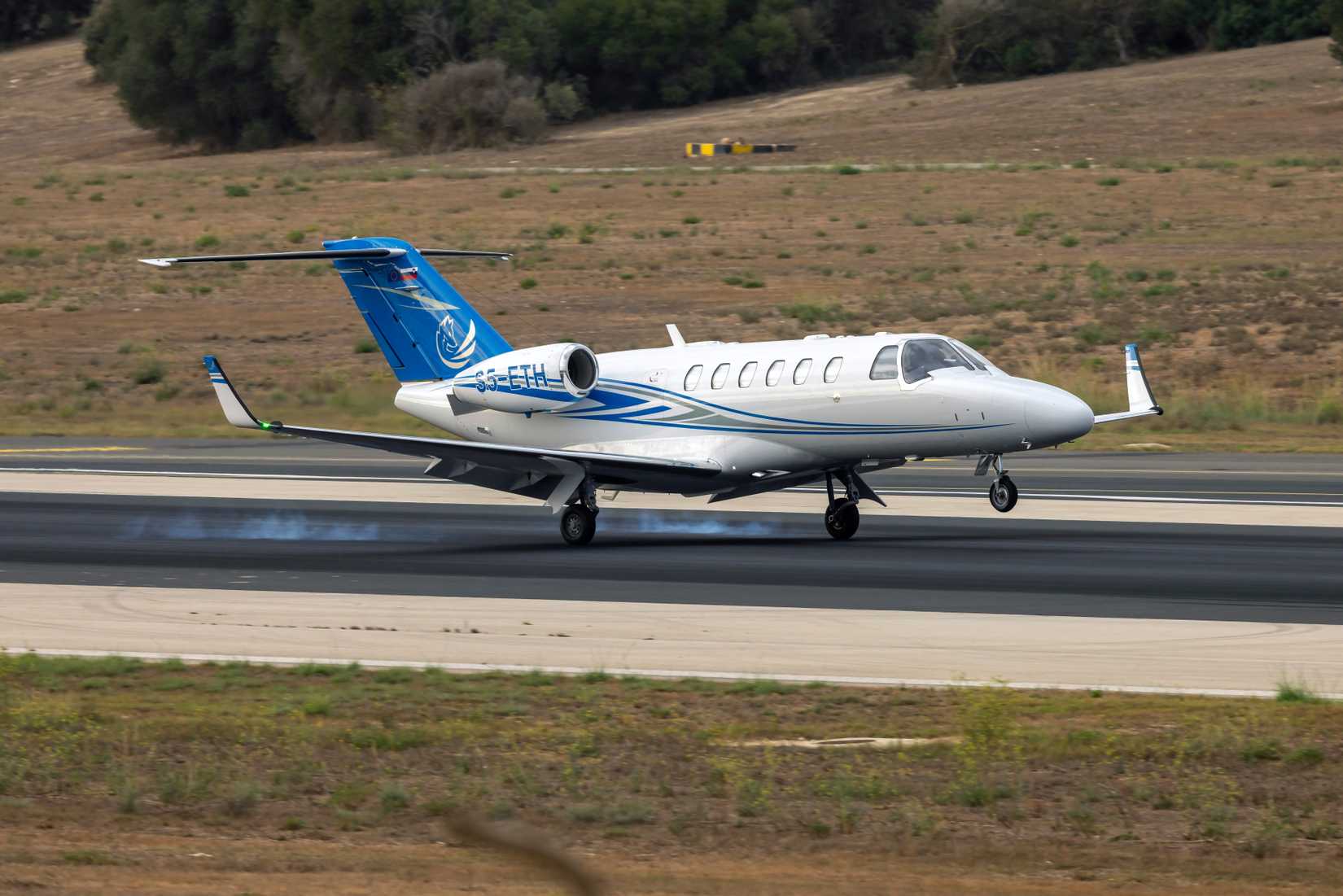American aerospace company Honeywell recently predicted that the demand for private jets is projected to stay strong even after normal commercial air service has resumed in the wake of the coronavirus pandemic. Many expected that the demand for private aviation would drop sharply after air travel went back to normal, but, instead, it has remained high.
Honeywell supplies a wide range of parts and major systems for the private jet industry, including everything from powerplants to flight management systems, and more. The company’s products can be found inside a variety of jets from almost every major planemaker.
Honeywell’s 10-Year Plan
Honeywell’s 34th annual Global Business Aviation Outlook contains the company’s projected future of the executive jet market based on analysis of current and historic trends. It was published on Monday, October 13, and contains a forecast of record-setting demand for private aviation in the coming decade. The company projects sales of 8,500 new business jets with a projected value of $283 billion. That is the highest amount in the history of Honeywell’s predictive forecasts.
The surveys of current operators and fliers showed that 2026 will see a 5% growth in new jet deliveries, as well as a shift in focus away from cost and toward performance. The survey data collected by Honeywell showed that 91% of respondents plan to fly at least as much in 2026 as they did in 2025. Reuters reported that Ben Driggs, the Chief Commercial & Strategy Officer at Honeywell Aerospace, said in an interview:
“More people are flying in business aviation than pre-COVID. (…) Those hours have continued to increase at a much higher level since 2019, so it appears like people are really staying.”
The Global Business Jet Industry
The business of flying private is booming in large part to jet card services available through operators like Flexjet, NetJets, and Air Partner. The strong demand from clients for air charters has made fleet expansion not only possible, but an urgent priority to capitalize on the current trend.
Fractional ownership has helped drive demand higher, but many private owners and other specialized operators also contribute a large portion of total sales figures. Interestingly, the US Air Force is also considering business jet aerial tankers to supplement its ongoing efforts to recapitalize the aging fleet, as the next generation is yet to be decided.
The list of jet builders that use Honeywell systems and parts includes Bombardier, Gulfstream, Cessna/Textron Aviation, Embraer, Dassault, and Pilatus. Bombardier is expected to launch its new Global 8000 series as it rides a wave of success in the post-COVID flying resurgence. Gulfstream is also preparing to debut a successor to its G280, according to Reuters.
Fractional Fleets Are Leading The Way
Honeywell’s outlook determined that fractional fleets have grown more than 65% since 2019 to reach approximately 1,300 aircraft in service as of 2025. The analysis shows that operators are flying their jets for many more hours than in previous years. The operators flying the most in the post-COVID era are fractional and private operators. Light, midsize, and super midsize jets currently account for 80% of the world’s fractional fleets today.
North America is expected to receive roughly 70% of new jets in the near future. Currently, 17% of North American operators have aircraft on order, and the region holds 62% of the global fleet. US President Donald Trump’s One Big Beautiful Bill Act has helped spur sales as it allows for the cost of business jets to be deducted from federal business taxes on the year that they are delivered.
Cost is still a concern, as always, but increasing numbers of prospective buyers are more focused on performance, safety features, fly-by-wire avionics, and technology. Most potential customers considering a new aircraft, as opposed to pre-owned, also put a strong emphasis on the value of customer support.


